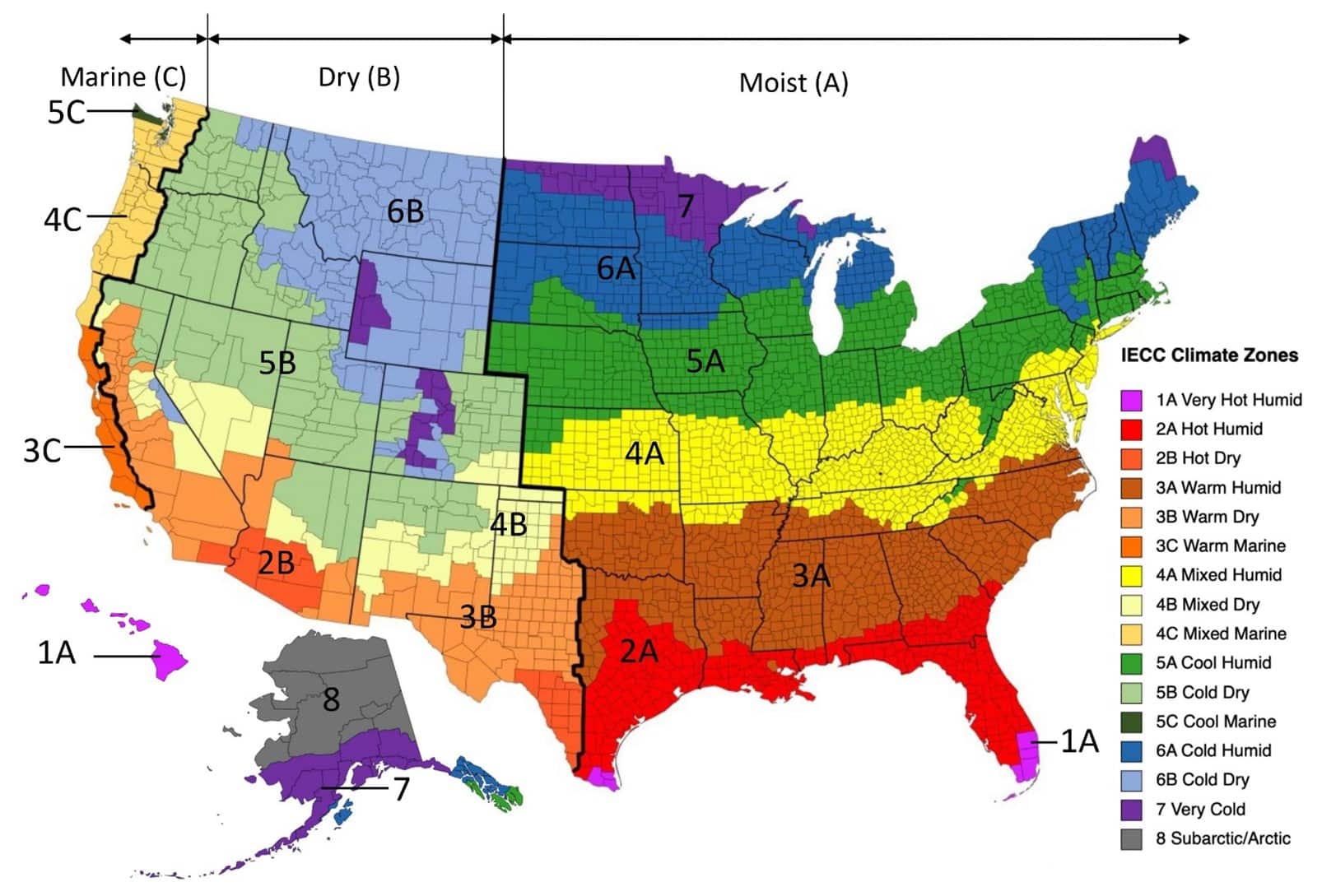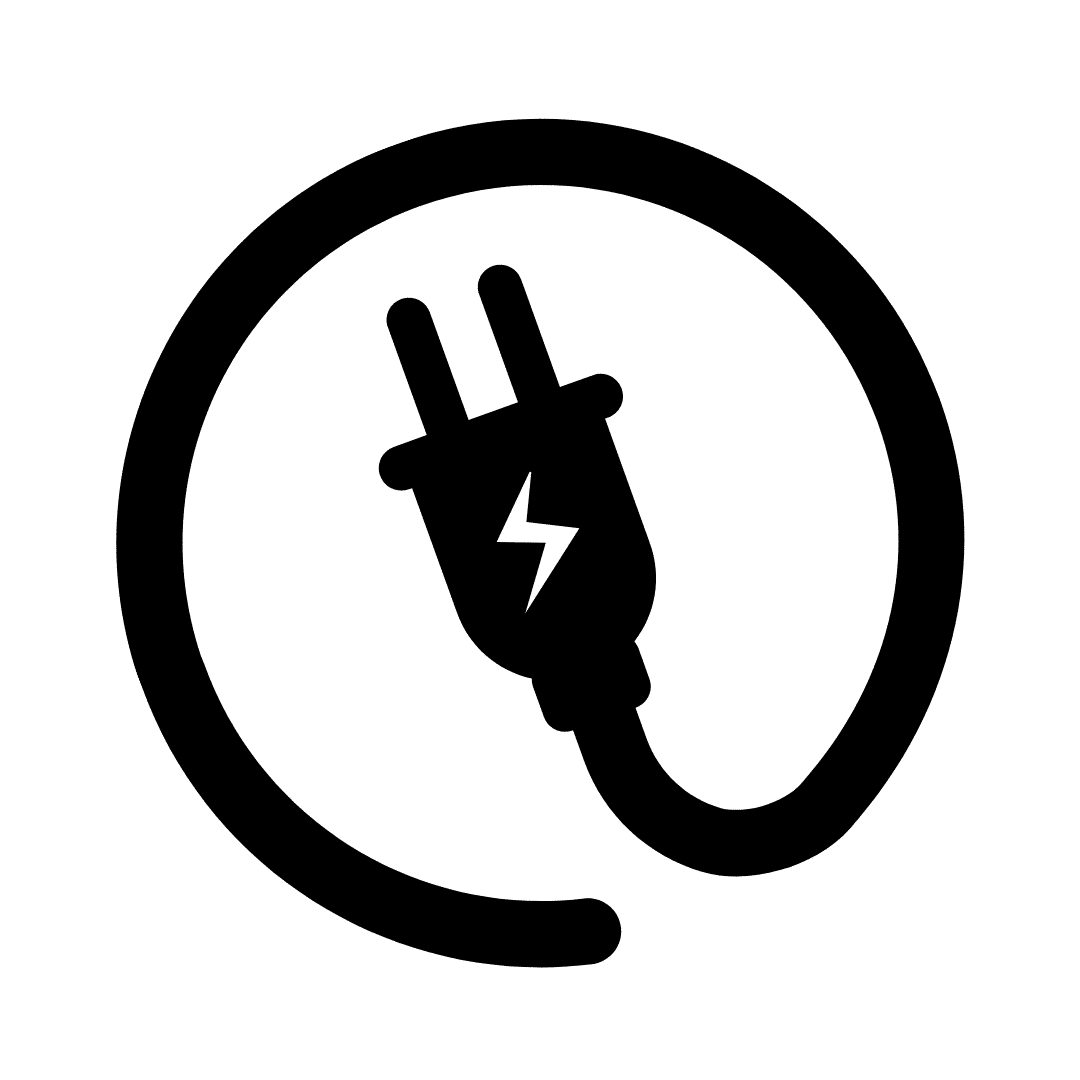Keep warm in the winter and cool in the summer in a well-insulated home
If you’re a Nevada resident looking to lower your energy bills and keep your home comfortable year-round, improving your home’s insulation can make a big difference.
Home insulation acts as a thermal barrier, slowing the transfer of heat between the inside and the outside of your home. During winter, it keeps warm air in, while in summer, it prevents hot air from infiltrating your cool indoor space.
For most homes in the U.S., heating and cooling make up roughly half of your total energy use. In Nevada, where temperatures can swing from very hot summers to chill winters, this share can be even higher. Upgrading home insulation is especially important for older homes, which often have outdated insulation or inefficient HVAC systems.
Through the Inflation Reduction Act, the federal Energy Efficient Home Improvement Credit provides a 30% tax credit for insulation, air sealing, doors, and windows. Additionally, upcoming state-level rebates will provide incentives for weatherization upgrades. These upgrades can reduce the energy load from heating and cooling, leading to greater savings on your energy bill.


